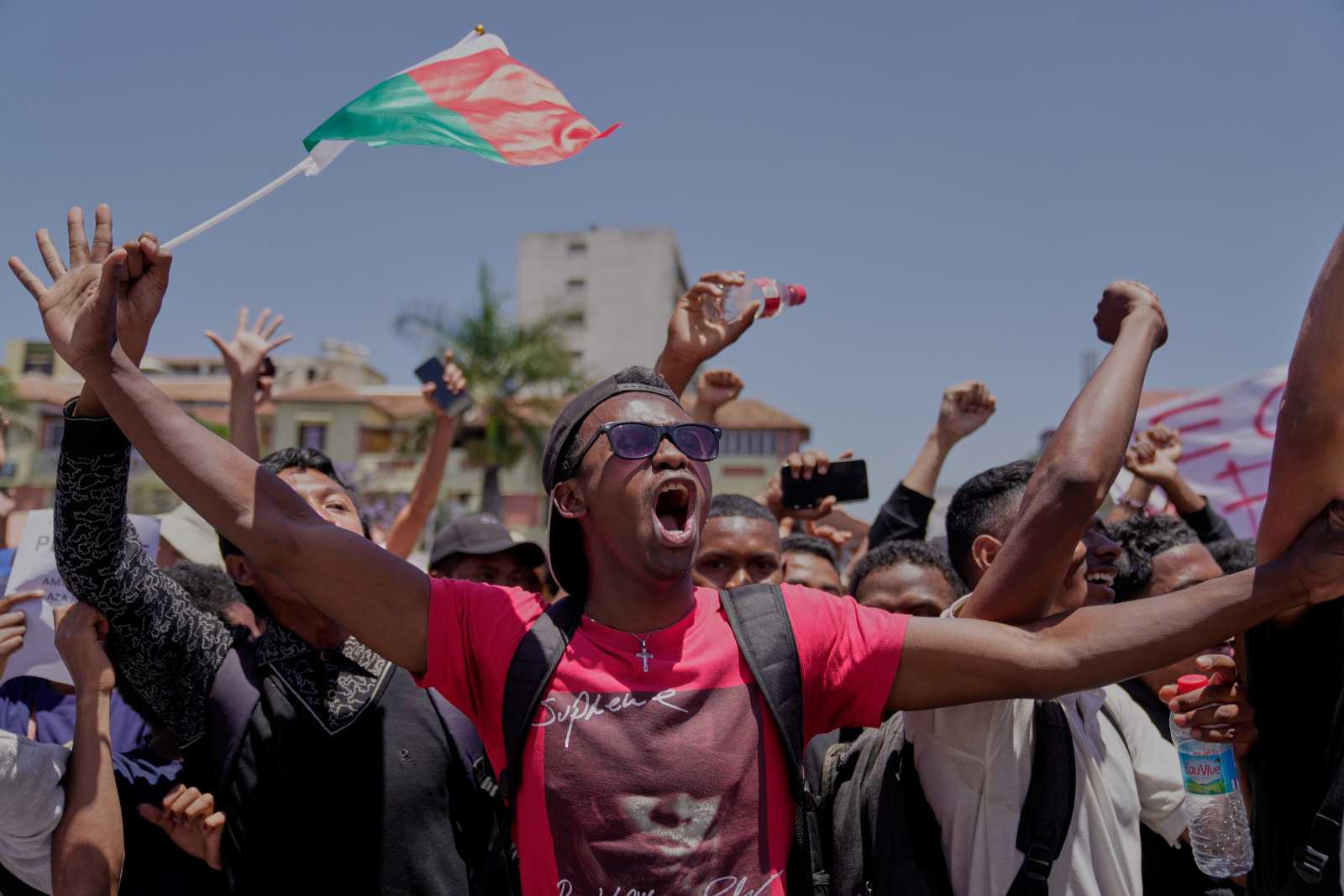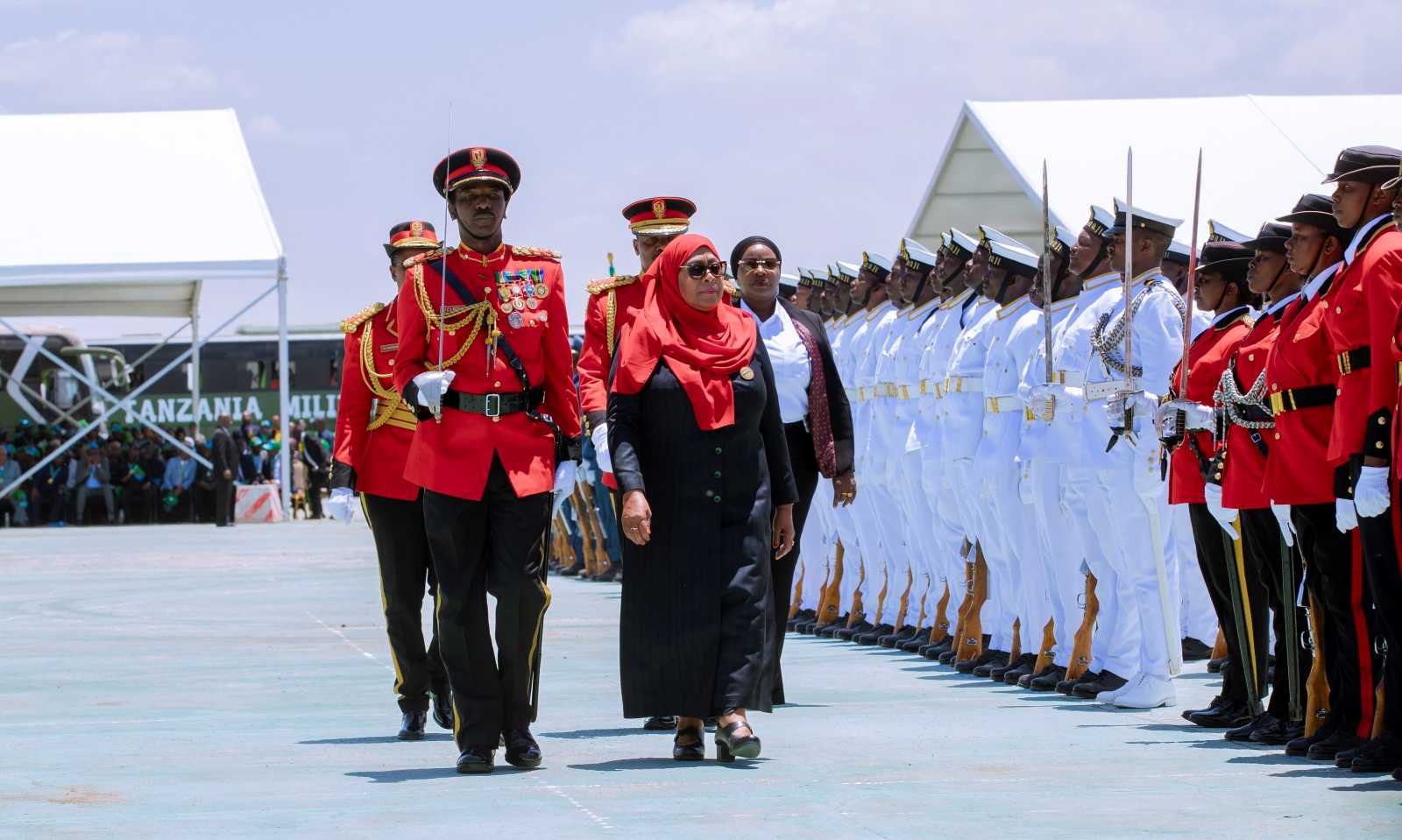Rural development
Informal energy supply
By Johannes Fischbeck
Today, some 1.5 billion people lack access to modern energy supply. They have insufficient lighting, no clean stoves to cook with, no power tools for work and, all too often, no communication devices. Of these people, 85 % live in remote rural areas (RRAs).
Only 30 % of villages in Latin America are connected to national grids. In Asia, their share is 20 % and in Africa merely five per cent. The International Energy Agency (IEA) expects the number of people without grid connections to drop only by 200 million by 2030, and the number is even expected to rise in Africa because of population growth.
So far, the villages concerned mainly rely on energy from wood and coal. Massive deforestation is one result of their growing energy demand. In turn, it leads to soil erosion, spoils groundwater, and changes the regional climate. According to the WHO, smoke from firewood and charcoal on primitive stoves is the fourth most common cause of death worldwide.
Powering the economy
In RRAs, where many poor people live, the lack of up-to-date energy provision obviously slows down development (see box on next page). A more efficient energy supply would boost economic productivity: there would be more jobs and more arable land if people were no longer forced to gather firewood. Artificial lighting would lengthen workdays. Electric power could be used for water pumps, and power tools could be used for production. The use of communication devices, moreover, would support the growth of local markets.
Renewable energies are especially attractive options for improving energy supply in RRAs. Solar energy and biomass are available almost everywhere, and they serve distributed systems. Systems based on renewables do not require any complex infrastructure; entire villages can get electricity from micro-grids. In any case, improved stoves, biogas facilities and photovoltaic panels are useful for providing a basic level of energy in RRAs.
– Most energy is needed for cooking. Fuel efficient stoves are the simplest and least expensive technology; they require wood or charcoal, but they are thermally insulated so they make do with 70 to 80 % less fuel than traditional fireplaces. Chimneys, moreover, help to reduce the health impact of smoke from cooking.
– Biogas systems can be used in a number of ways and built with local materials. Under anaerobic conditions, they can turn organic waste into a methane gas mix which can be used in gas cookers, lamps and even modified diesel generators.
– Photovoltaic systems directly convert sunlight into electricity. Stand-alone systems in RRAs can store such energy in batteries to smooth out power supply. Small solar home systems serve to power individual homes.
For renewable energy systems to be widely used in RRAs, they have to be profitable for the people. Sales, product design and pricing have to be adjusted to the economic circumstances of RRAs.
Poor people’s livelihoods
In the countryside, many people make their living from farming and small, informal businesses. To pave their way to escape rural poverty, one must start here. A sensible option is to diversify livelihoods in small businesses (Bird/Hulme 2003).
As people diversify their businesses – for instance by adding other sources of income to farming – they will gradually get out of poverty. Development programmes can help households add non-farming activities to enhance their livelihoods. In time, people who were once farmers can specialise in new activities. They should, however, keep on farming to hedge against risks in their new businesses.
Because the informal sector is the only source of income for a large share of the rural population, its significance must not be underestimated. In Tanzania, for instance, the informal sector handles most of the distribution of goods and provision of services in rural areas. Most of the goods are manufactured by industry, however, since only food and handcrafted goods are produced locally. The government tolerates small informal businesses because they create employment.
For my study, I surveyed 198 small informal businesses in 10 villages within the Arusha and Kilimanjaro Regions of northern Tanzania (Fischbeck 2008). 46 % of them owned shops, which generally sold processed products, and 45 % were active in businesses like building, carpentry, tailoring or bicycle repair. Eight per cent ran small-scale restaurants. All of them re-invested profits in economic activities, thus diversifying risks by opening up additional sources of income. Aside from farming, which 86 % of the surveyed were involved in, there were several other sources of income. This is the so-called strategy of diversifying economic risks (Ackermann 2008).
People need energy – and especially for taking advantage of additional income opportunities. Unfortunately, the upfront cost of renewable energy facilities is high. Photovoltaic systems, biogas units and fuel-efficient stoves cost more than conventional “technologies” in rural areas like traditional fireplaces, kerosine lamps or candles. In Tanzania, photovoltaic systems with outputs of 14 to 120 W cost the equivalent of € 200 to 1,000; a biogas system with a 6 m³ fermenter costs € 1,350. To make such technologies competitive, the upfront costs have to be reduced.
One way to do so is through instalment payments. That is the approach of Grameen Shakti, a former Grameen Bank subsidiary, in Bangladesh. To install a solar home system, customers have to make a down payment for 10 to 20 % of the total price. The subsequent monthly instalments are roughly in line with the offset energy costs. Such systems should be designed to cover their own costs thanks to higher productivity.
Connections to towns
It is hard, but not impossible, to boost the use of renewable energy in rural areas even though their infrastructure is poor. The informal sector is of crucial relevance. Many small entrepreneurs in RRAs rely on urban suppliers, from whom they buy the goods they need. Accordingly, providers of renewable energy supply systems can set up shops in cities and reach out to rural areas by cooperating with those entrepreneurs. Therefore, they do not have to spend a lot of money on branch offices and supply channels.
The first obvious customers for renewables are small rural businesspeople who regularly visit towns. They will benefit from competitive advantages, for instance, if they use electric light in their shops and become visible from afar at night or if they use refrigerators and become able to offer wider ranges of goods.
The second step is to set up a sales network of small entrepreneurs. In view of the diversification strategy described above, these people can be expected to not only expand their own current business with renewable energy, but also to generate additional incomes by becoming sales partners. Informal radio repair people, brick layers or bicycle mechanics can become partners in RE sales networks, serving as installation and servicing technicians.
The best option is probably to inter-connect mini-grids, providing power reliably to various consumers who are not connected to the national grid. Unfortunately, it is expensive to set up mini-grids, and the technology is not simple. The upfront cost alone can amount to hundreds of thousands of euros. So this is where professional providers come in.
Various actors have the potential to rise to this challenge, including successful entrepreneurs, small-scale savings and investment groups and industry associations can join forces to set up local, small-scale utilities if they can mobilise the capital needed. They should be given access to loans from development banks. Entire villages can get power from small, low-voltage power grids powered by a photovoltaic or a biogas unit with a generator whose output is a few kilowatts.
If renewable energy systems are to be successful in RRAs, they have to benefit the people. Schemes must not only be more efficient than traditional solutions, they should also provide additional profits. They must be designed to fit the strategy of diversifying economic risk. They need to be adjusted to the informal sector’s basic socioeconomic requirements. Flanking measures are decisive for improving infrastructure and spreading RE solutions in rural areas. Relevant aspects include capacity development, professional training, appropriate design of credit and instalment schemes and adaptation of renewable energy systems to local conditions.







